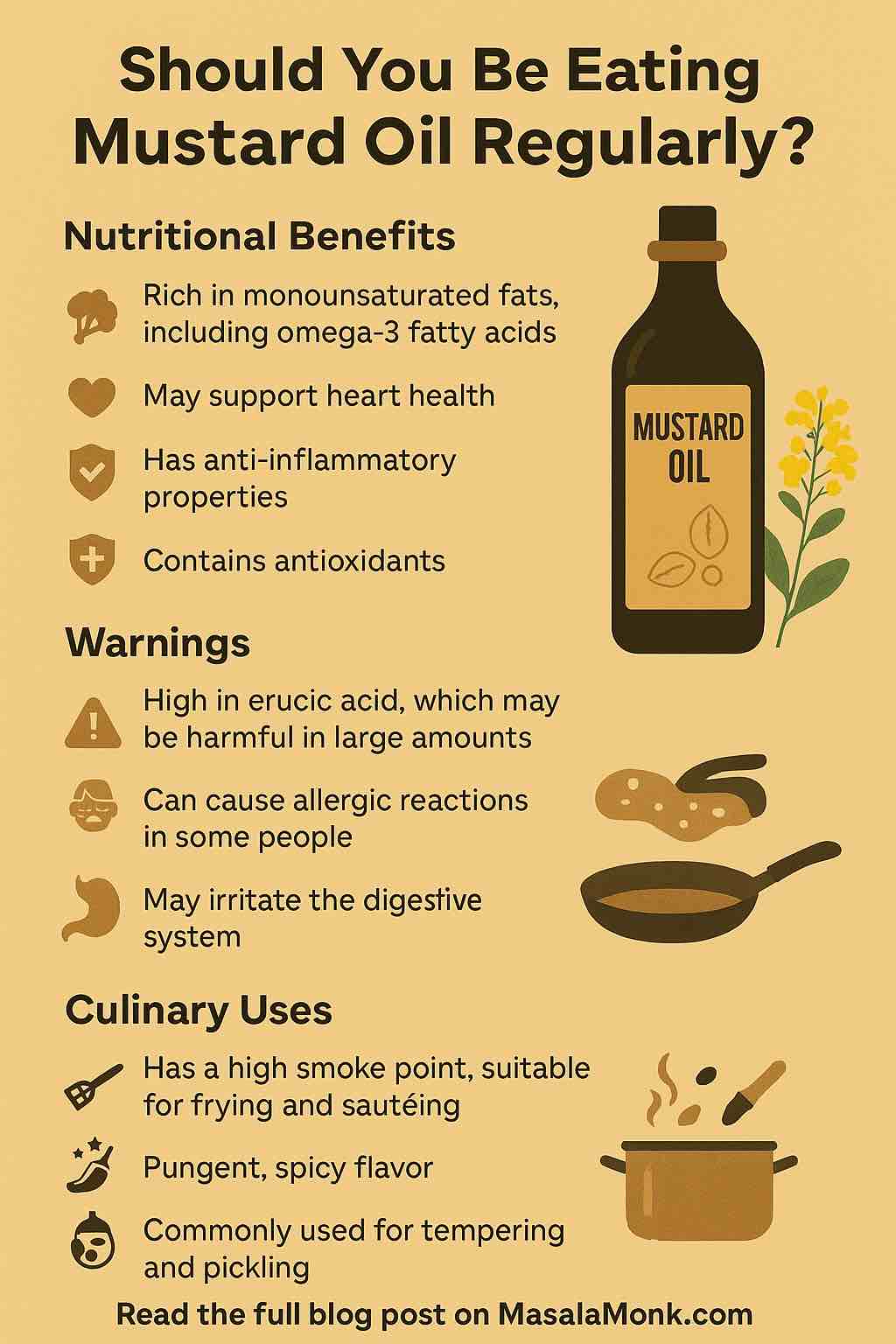
Looking to elevate your wellness game with a juicer in 2025? With new launches, smarter designs, quieter motors, and better warranties, this year’s juicers are a serious step up. But with so many options—cold press, centrifugal, beginner-friendly, or budget—how do you choose?
We’ve done the heavy lifting using AI to analyze hundreds of real reviews, expert comparisons, and user feedback across platforms like Reddit, Amazon, and product review sites. The result? A no-fluff, feature-rich guide to help you make the right juicer investment.
Let’s dive deep into what makes each top juicer of 2025 worth your attention.
🧠 How This List Was Curated
We didn’t just skim through spec sheets. Our AI analysis reviewed:
- Over 500+ verified customer reviews
- Performance data: motor wattage, juicing efficiency, and pulp dryness
- User mentions of noise levels, ease of cleaning, and overall satisfaction
- Trends and product launches from late 2024 through mid-2025
Only the top-performing juicers, backed by consistent, real-world feedback, made this list.
⚡ Quick Comparison Table: Best Juicers of 2025
| Juicer | Type | Best For | Noise Level | Ease of Cleaning | Warranty |
|---|---|---|---|---|---|
| Nama J2 | Cold Press | Overall | ~60 dB | Easy (Manual) | 15 yrs |
| Ninja NeverClog | Cold Press | Beginners | ~65 dB | Very Easy | 1 yr |
| Breville Elite | Centrifugal | Speed | 75–85 dB | Moderate | 1 yr |
| Hurom H-AA | Cold Press | Leafy Greens | 43–50 dB | Moderate | 10 yrs |
| Tribest Shine SJX-1 | Cold Press | Budget Option | ~55 dB | Fairly Easy | 3 yrs |
| Nama J3 | Cold Press | Small Spaces | <60 dB | Easy (Manual) | 15 yrs |
🏆 Best Overall Juicer of 2025: Nama J2 Cold Press Juicer
If you’re serious about juicing, the Nama J2 is hands-down the most well-rounded and well-reviewed juicer available in 2025.
💡 Why It Stands Out:
- Self-feeding hopper: Unlike most cold press juicers, you don’t have to feed produce piece by piece. Load it all, close the lid, and let it run.
- Whisper-quiet: Around ~60 dB—soft enough to juice while others are sleeping.
- Dry pulp output: Extracts more juice per pound, especially from hard produce and leafy greens.
- Durability: Strong, slow-spinning motor (200W) made to last—and covered by a 15-year warranty on the motor.
🧽 Cleaning:
- Parts require hand washing, but the design is optimized for quick rinsing.
- Users report 5-minute cleaning routines with no mesh filters to scrub.
🔍 Best For:
Daily juicers, green juice fans, and anyone who values high efficiency with minimal manual labor.
🧳 Best Compact Juicer: Nama J3
For small kitchens or minimalist households, the Nama J3 offers nearly all the perks of the J2—but in a more compact form factor.
💡 What’s Different:
- Slightly smaller footprint, easier to store.
- Slimmer hopper, but still allows batch feeding.
- Same juice quality, same 200W motor, and same whisper-quiet operation.
🧽 Cleaning:
Just as easy to clean as the J2. Smart design avoids crevices and over-complicated mesh screens.
🔍 Best For:
Apartment dwellers, solo users, and those who want Nama performance without the bulk.
💼 Best for Beginners: Ninja NeverClog Cold Press Juicer
If you’re new to juicing or want something simple, affordable, and low-maintenance, the Ninja NeverClog is a fantastic entry point.
💡 What You Get:
- No-clog auger design for hassle-free juicing.
- Straightforward interface—no confusing parts or prep.
- Dishwasher-safe parts (huge bonus).
- More compact than most cold press machines.
⚠️ Limitations:
- Slightly lower juice yield compared to premium brands like Nama or Hurom.
- 1-year warranty (compared to 10–15 years with others).
🔍 Best For:
Casual juicers, families with teens, or those who value convenience over perfection.
⚡ Best High-Speed Juicer: Breville Juice Fountain Elite (800JEXL)
Need juice fast? The Breville Juice Fountain Elite is a beast with a 1000W motor that pulverizes produce in seconds.
💡 Key Specs:
- Dual-speed control for soft or hard fruits.
- Extra-wide 3-inch feeding chute means minimal prep.
- High RPMs for lightning-fast juicing of apples, carrots, and beets.
⚠️ Keep in Mind:
- Louder operation (~80 dB) – sounds like a blender.
- Doesn’t perform well with leafy greens or wheatgrass.
- Juice oxidizes faster, so drink immediately for best nutrition.
🧽 Cleaning:
Dishwasher-safe components, though the mesh basket can require some effort.
🔍 Best For:
Time-starved users, batch juicers, and fans of hard produce juice.
🌿 Best for Leafy Greens: Hurom H-AA Slow Juicer
Some juicers struggle with spinach, kale, and celery. The Hurom H-AA, with its slow 43 RPM auger, is built for this job.
💡 Performance Highlights:
- Slowest speed in class = minimal heat, maximum nutrients.
- Unique squeezing technology delivers smooth, high-yield green juice.
- Compact and visually appealing with a curved design.
🧽 Cleaning:
Takes a little more effort due to the fine mesh strainer, but manageable.
⚠️ Watch Out:
- Doesn’t work well with big chunks—prep is needed.
- On the pricier side, but long-lasting (10-year motor warranty).
🔍 Best For:
Green juice devotees, wellness-focused homes, and detox routines.
🪙 Best Budget Cold Press Juicer: Tribest Shine SJX-1
Cold press tech often means a steep price tag—but not with Tribest Shine SJX-1. It’s a solid choice under $200.
💡 What We Like:
- Simple, vertical cold-press design.
- BPA-free parts and compact footprint.
- Good yield for the price—especially with softer fruits and leafy greens.
🧽 Cleaning:
Easier than most cold press models—parts are dishwasher safe.
⚠️ Trade-offs:
- Slower performance.
- Slightly wetter pulp compared to high-end machines.
- 3-year warranty—not bad, but not elite.
🔍 Best For:
Budget-conscious shoppers, students, and part-time juicers.
🔍 Juicer Buying Guide: What Actually Matters in 2025
Before you buy, ask yourself:
✅ How Often Will You Juice?
- Daily: Choose ease of cleaning and longer warranties.
- Occasionally: Consider compact or budget models.
✅ What Will You Juice Most?
- Leafy greens → slow, cold-press is essential (Nama, Hurom).
- Fruits and hard roots → centrifugal is fine (Breville).
- Everything? Go versatile (Nama J2 or J3).
✅ Space and Storage?
- Tight on counter space? Stick with vertical juicers like Tribest or Nama J3.
- Need speed? Be prepared to store a larger centrifugal like Breville Elite.
📦 Where to Buy These Juicers
| Juicer | Retailers |
|---|---|
| Nama J2 / J3 | namawell.com |
| Ninja NeverClog | Amazon, Costco, Target |
| Breville Elite | Amazon, Williams Sonoma |
| Hurom H-AA | hurom.com, Amazon |
| Tribest Shine SJX-1 | tribestlife.com, Amazon |
🍹 Final Thoughts: Let Smart Reviews Power Smart Wellness
2025 isn’t about owning the most expensive juicer—it’s about finding what fits your lifestyle, habits, and kitchen. Whether you want to batch prep green juices or squeeze a quick glass of carrot-apple in the morning, the right juicer will save you time, money, and hassle.
Don’t just juice. Juice smarter.
🔗 Explore more wellness tools, ingredient tips, and healthy recipes on MasalaMonk.com
🔍 FAQs: Everything You Need to Know About Juicers in 2025
1. What’s the difference between cold press and centrifugal juicers?
Cold press juicers (also called masticating juicers) slowly crush and press produce, retaining more nutrients and minimizing oxidation. Centrifugal juicers use fast spinning blades and are quicker but often produce lower juice yield and more foam.
2. Are expensive juicers really worth the money?
If you juice regularly, investing in a high-quality juicer like the Nama J2 or Hurom H-AA pays off with higher juice yield, quieter operation, and durability. Occasional users may prefer budget-friendly or mid-range models.
3. What’s the easiest juicer to clean?
The Ninja NeverClog stands out for its dishwasher-safe parts and clog-free design. The Nama J2 and J3 are also very user-friendly with smooth, rinseable surfaces and no tiny mesh filters.
4. Can I juice leafy greens like spinach or kale in a centrifugal juicer?
Yes, but efficiency will be lower. Centrifugal juicers often struggle with lightweight greens. A slow juicer like Hurom H-AA or Nama J2 handles greens much more effectively.
5. How loud are these juicers?
- Cold press juicers: Typically range from 43–60 dB (quiet).
- Centrifugal juicers: Range from 75–85 dB (similar to a blender).
6. Which juicer is best for celery juice?
The Nama J2, Nama J3, and Hurom H-AA are all excellent for celery, delivering high juice yield and minimal clogging.
7. What’s the average lifespan of a juicer?
High-end cold press juicers can last 10–15 years, especially with proper cleaning. Budget centrifugal juicers may last 2–5 years depending on usage.
8. Do juicers remove fiber from fruits and vegetables?
Yes. Juicers separate juice from pulp, removing most of the insoluble fiber. If fiber is important to you, consider blending instead of juicing.
9. Can I juice soft fruits like bananas and mangoes?
These are not ideal for juicing—they yield little liquid and may clog the machine. It’s better to blend soft fruits into smoothies.
10. What kind of warranty should I expect with a juicer?
- Nama J2/J3: 15 years on the motor
- Hurom H-AA: 10 years motor, 2 years parts
- Ninja NeverClog and Breville: Typically 1 year
- Tribest Shine: 3 years













